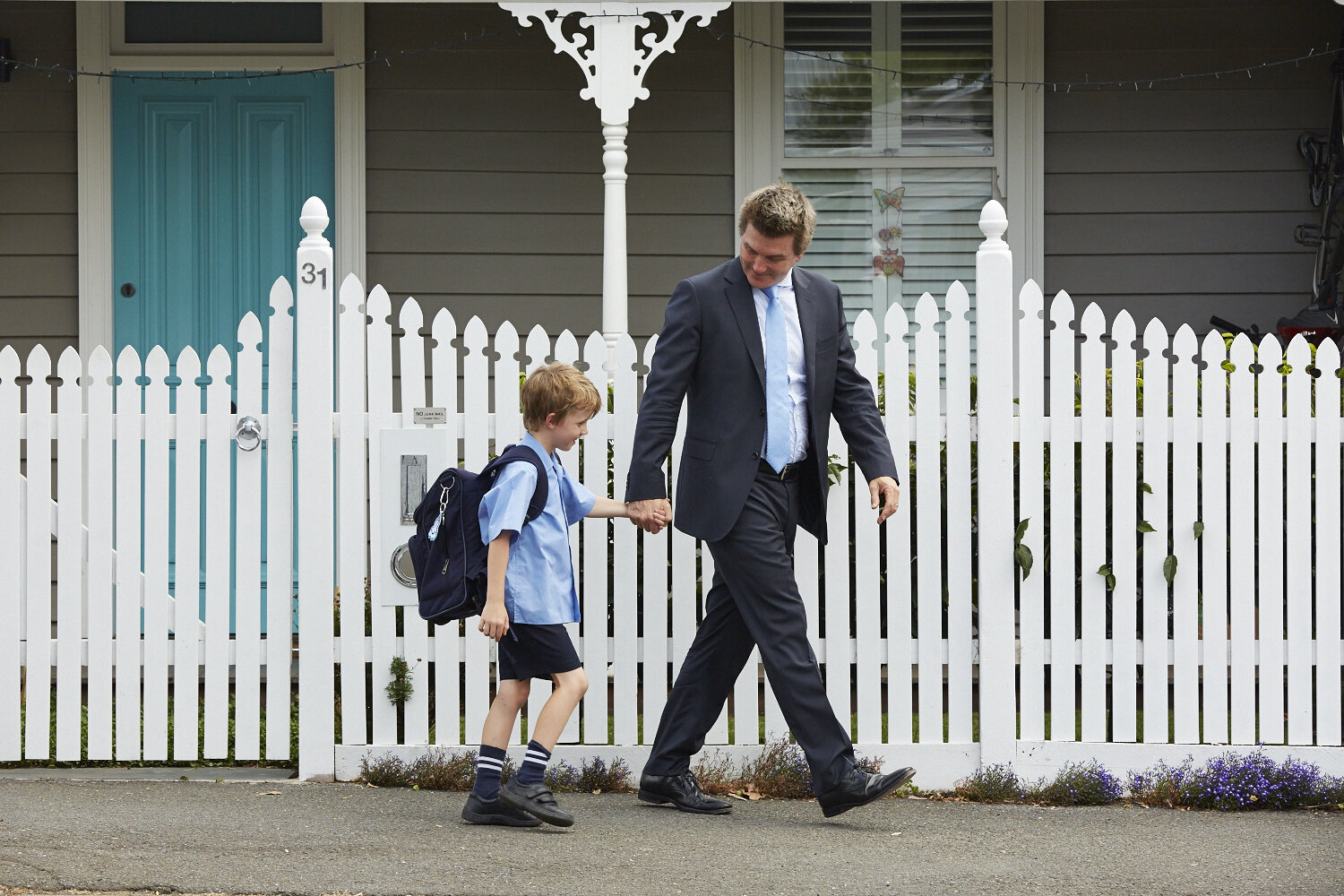Emotions drive so much of our behaviour – adults and children alike. The way to calm another person’s emotions, or our own, is to acknowledge the emotion rather than judging it or trying to remove it. Rituals of connection help us acknowledge emotion, ahead of solving problems. Which is why they are so vital in our everyday lives.
How often have you had a terrible day – with no possible solution in sight – and your partner or friend has tried to cheer you up with an “at least” statement? Or tried to solve the problem for you, leaving you feeling even MORE frustrated? We’ve all wanted someone to say, “I’m really sorry that has happened to you. You must be so frustrated. Here, let me give you a hug and make us a tea so you can tell me all about it.”
That response is very different to, “You’ve had a terrible day, but you don’t really have anything to complain about. Have you thought about doing xyz?”
The reason we feel better when someone acknowledges how we are feeling and comes in for that hug is that we feel felt and heard. Once that has happened, we can often find a resolution to the problem on our own. Our kids are absolutely the same.
As parents we have the opportunity to shape our children’s memories and the manner in which both joyful and difficult experiences are remembered and understood. So, what are some of the little things that we can do, as rituals of connection, that add to the wellbeing of our children and ourselves? And help shape their childhood memories for the better?
Here are some tools and strategies for the next few days, weeks, months and years to build connections with your kids even when there are many balls in the air.
1. Get clear on your emotions and help your kids get clear on theirs
Print out an emotions chart from the internet – pictures of faces that are pulling different emotions – and stick it on the fridge.
This helps both us and our children reflect on what we are feeling in the moment. Kids don’t come out knowing what ‘jealous’, ‘exhausted’, ‘lonely’, ‘guilty’, ‘peaceful’ or ‘overwhelmed’ mean. But as we grow, we feel these things, so it’s helpful to be able to label the emotion. Even small children can toddle to a fridge and point to the face that shows the way they are feeling – and then you can help them learn the word for it.
Similarly, when you’re stressed, you can tell older children in advance that you’re stressed, why that is the case, and that it’s possible you will be snappy. Smaller children can also be told how you are feeling. While you might be doubtful they will understand, point to the face and we bet they will show empathy.
2. Find small opportunities for connection, everyday
Build in everyday activities that provide easy options for connection without huge time investment. For example, a pack of uno cards on the kitchen bench can be a really good way to gain a child’s cooperation when you need them to get something done:
“You have your shower, and if you’re back before the kitchen buzzer goes off – we’ll have two games of Uno.”
The great thing about Uno or large piece puzzles is that you usually have control over how long it goes on for. You can run with the speedy version in order to return to your meeting, or the more drawn out version if you’re sipping wine and making dinner.
Using notes as a ritual of connection is another way to connect without having to use time you may not have. A note left on your toddler’s bedside table could be some simple stick figures and love hearts. When they’re 8, 10 or 12, they can be notes with a message of how proud you are about something, or a note asking them to try to do something better. For example, these notes might be able to gain their cooperation:
“I loved how you cleaned up your room before you went to bed tonight. I wonder if you’ll enjoy the extra time you have to play this morning before school, Love Dad.”
OR
“I wonder whether you could try really hard not to get angry at your sister today. I know we can all frustrate each other. That’s pretty normal in family life. What’s one thing you could both do instead of yelling at each other? Love Mum.”
Children read them in the calm of the morning when they wake up, feel the glow of connection, and think through the contents of the note. It also encourages them to write notes to you about how they are feeling, or even where you can improve! Keeping kids sharing through notes – because that’s what they’ve always done – will be a great way to build their mental health and resilience. Sharing is so critical in those teenage years. Particularly when they feel vulnerable or unable to talk with you about a tricky situation.
3. Embrace technology (briefly), in order to get children off it
Using the understanding of emotions, why not join your children where they’re at? Acknowledge the emotion they have in the moment (usually, a desire to continue playing the computer game) by asking them to show you what they’ve been doing. You must say this with genuine interest, and then, get curious!
Try not to belittle the game or yell at them to get off the screen because you’re now ready to rejoin the home space. Instead sit with them for 30 seconds and marvel at their architectural creation, or in their car racing skills, or at the ridiculous weapons they’re wielding in Fortnight.
Once you’ve given them 30 seconds of your time, gently ask them to finish up. It won’t work EVERY time, but it very quickly becomes a way of calmly getting your children away from tech. Even as teenagers (we dare you to try it). This small investment of time can prevent the post-tech tantrums and also buys you connection through acknowledging their emotions.
Ultimately, these are all rituals of connection. They’re all ways of enjoying the company of your children – in little ways – rather than the big grand gestures that can seem impossible when you’re juggling so much. The best thing is, it is these little things that your kids will remember when they recall their childhood memories. They’ll remember the feeling of being validated; that you treated them fairly and like the rational, sensible, emotional human beings that they are. (Well, most of the time!)
If your organisation is a partner of Grace Papers, log in to explore our latest program. To find out more about partnering with Grace Papers, contact us here.




